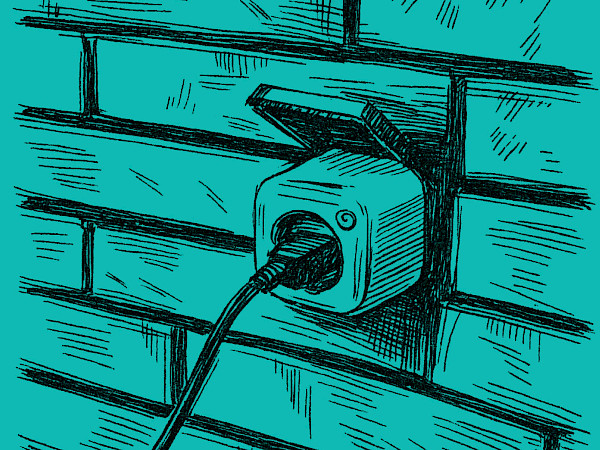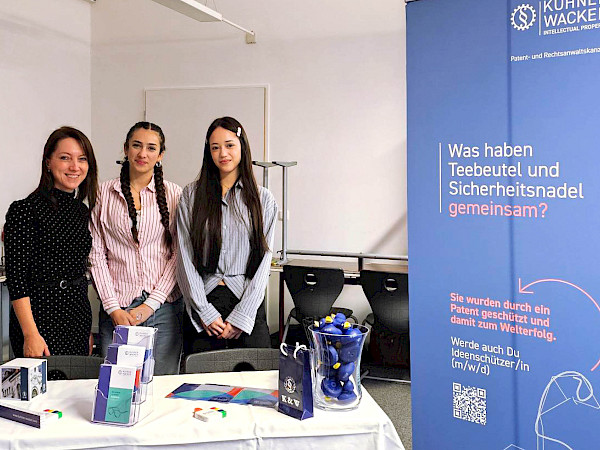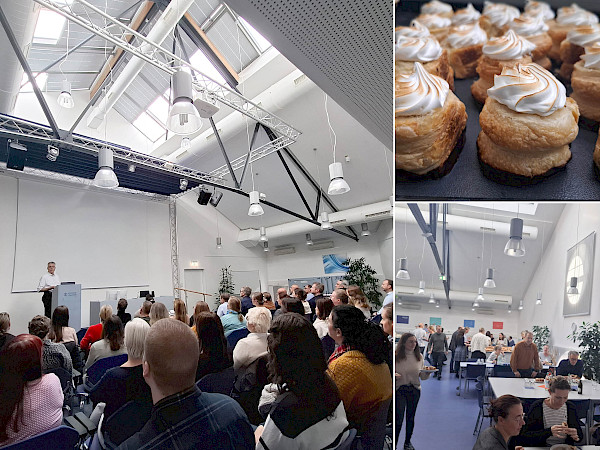paleo chair -
fit and mobile
while sitting
14.02.2025
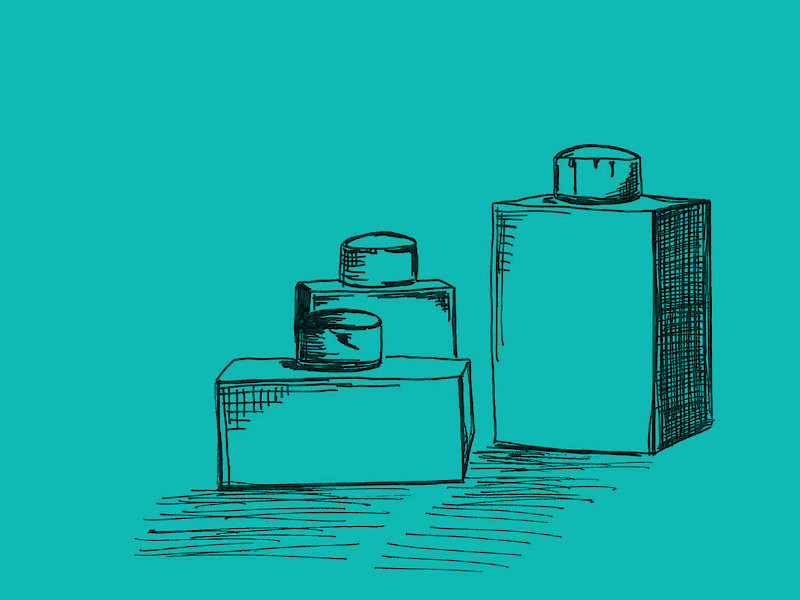
Shark Tank of Patents
The TV series "Die Höhle der Löwen" (German counterpart to shark tank) has already put the spotlight on numerous innovative products, including the so-called "paleo chair". This unique piece of seating furniture combines minimalism with an idea based on nature and original lifestyles.
But what makes the paleo chair so special and how does it stand out from other seating furniture in terms of patent law? We take a closer look at the product and its property rights.
The idea behind the paleo chair
The paleo chair was developed to promote natural, healthy sitting. It is based on the premise that our modern lifestyle - characterized by long periods of sitting on rigid chairs - can lead to poor posture and back pain. The paleo chair is therefore based on a sitting posture that is reminiscent of sitting cross-legged or squatting in order to improve posture and strengthen the back muscles.
With its soft upper side and firmer underside, the paleo chair offers a wide range of seating options, from an upright position to a relaxed reclining position. The unique form factor ensures maximum mobility and unrestricted freedom of movement. This is further supported by the accompanying cushion to allow maximum comfort and adaptation to individual needs.
What already exists in this area?
The topic of healthy seating furniture is not new. So-called ergonomic chairs, stability balls or furniture that encourage kneeling have been around for years. For years, the market for health-promoting seating furniture has offered various solutions aimed at ergonomics and natural postures.
Among the best known are:
- kneeling stools: these stools have a forward-leaning seat and padded shin rests. They encourage an open hip position and relieve the spine, which helps to maintain an upright posture. One example is the Varier Variable knee chair (see: https://www.varierfurniture.com), which, thanks to its curved base, allows for gentle rocking movements and supports dynamic sitting.
- Sitting balls: As unstable seating surfaces, they activate the deep core muscles and improve balance. The constant need to balance strengthens the back muscles, which leads to better posture. The VLUV Stov sitting ball (see: https://vluv.de/) combines this functionality with a modern and stylish design.
- Zaisu chairs (see: https://de.wikipedia.org/wiki/Zaisu): These traditional Japanese floor chairs without legs encourage sitting close to the ground. With an ergonomically shaped backrest, they support an upright posture and provide comfort when sitting on the floor.
Although this furniture offers ergonomic advantages, it rarely combines simplicity, mobility and a focus on a natural sitting position in a single product. This is where the Paleo Chair comes in, combining these elements to represent an innovative alternative in the field of health-promoting seating furniture.
What makes the paleo chair special?
The paleo chair brings a new dimension to seating furniture. It combines the advantages of ergonomics with the possibility of sitting flexibly and close to nature. The design is simple, functional and aims to promote a healthy posture without sacrificing modern aesthetics. At the heart of the chair is the special construction, which we take a closer look at.
The patent application (DE102018201887A1)
The special trick (see Figs. 1A and 1B from DE102018201887A1) is that the paleo chair, referred to as seating furniture, comprises a seat platform 1, with a hard core and soft outer layer, and a seat cushion 5. This combination not only ensures comfort, but also enables the user to adopt different sitting postures without losing the support provided by the seating furniture.
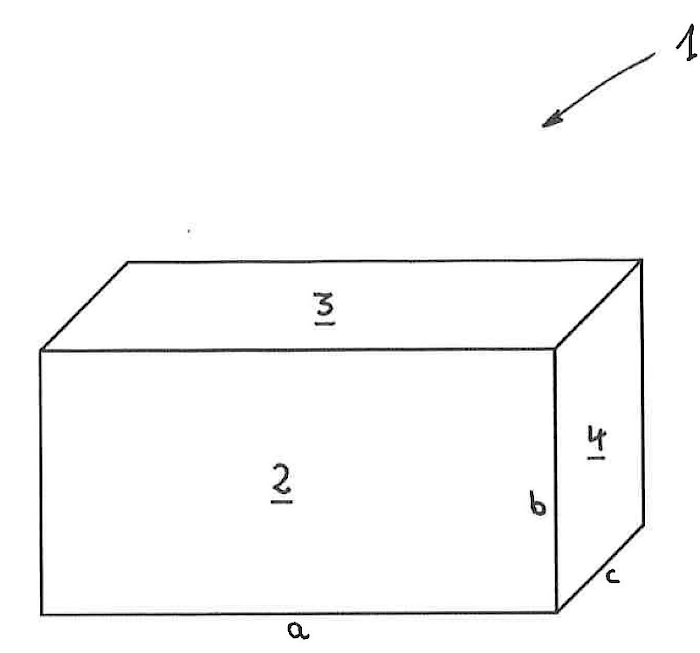
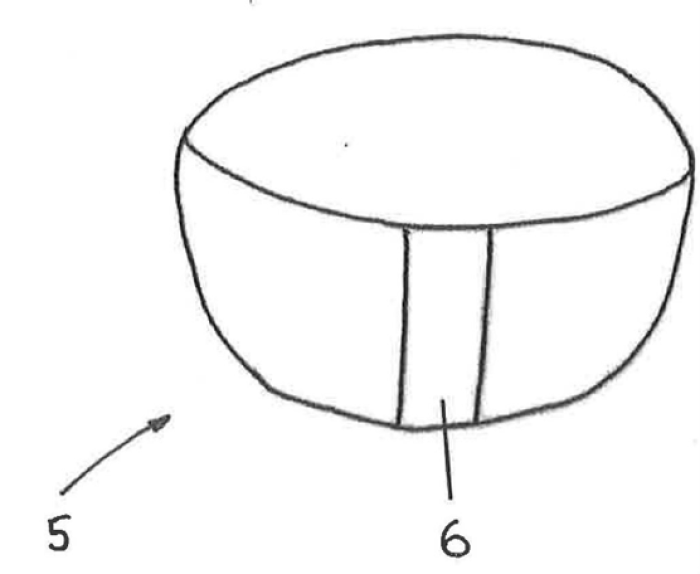
Prior Art
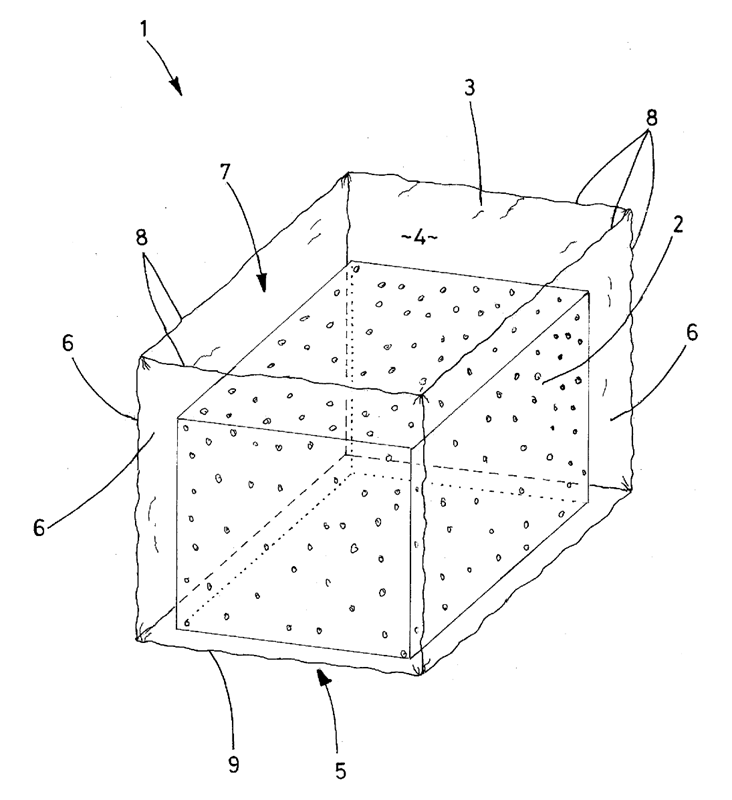
In contrast, in the prior art there is only a type of stool with a fabric covering without a seat cushion (see Fig. 1 from DE202015104535U1). This comparatively simple construction offers neither the flexibility nor the ergonomic advantages achieved by the combination of hard core and soft outer layer and the seat cushion of the paleo chair.
These differences emphasize the innovative nature of the design and the patent application's eligibility for protection.
Conclusion
The paleo chair is a successful example of how an innovative product can be created through clever design and a focus on natural movement sequences. The combination of functionality, ergonomics and minimalism makes the chair a pioneer among seating furniture - and its patent application is intended to secure this lead.
Products such as the paleo chair show how important it is not only to bring innovations to market, but also to protect them under patent law. Because a good product deserves strong protection.
For IP made in Germany® – contact us.
Disclaimer: The above contribution reflects the personal opinion of the author. The assessments and statements made in the article do not constitute legal advice and are provided under exclusion of any liability. If you need an assessment of an individual case, please contact the author and/or the law firm KUHNEN & WACKER.
Further news and
publications from K&W

Start Your Career at K&W
and Become Part of Our Team
Are you ambitious and flexible? Do you like to work independently and are prepared to take responsibility? If so, K&W is your place to be.
Our HR manager Elwine Kaschner looks forward to receiving your application.


